Art as Political, Religious, and Social Commentary. Art often reflects the political, religious, or social views of both the artist and the people who buy the art. Because Art is expensive, governments and religions often are the groups who can afford Art. Also, because governments and churches want to affect the most people possible, they also use art as a method of stating who they are, what they believe, and what they want other people to believe. Artists themselves also often have deeply held beliefs that they want to express through their art. There could be thousands of slides in this lecture and not even approach a fair overview of the political, religious and social art that is available. These are just a few examples of some art that has been used for these purposes. Can you guess what they are saying? Can you guess who commissioned them? A government? A church? An individual?
Teaching note: The images below cover a huge variety of subjects and ideas from the French Revolution to Buddhism. You don’t have to know everything about each political, social or religious movement depicted. Try to go through them fairly quickly and concentrate on the student's art project. There are short notes about each slide below.

American Gothic, Grant Wood 1930 (left) and American Gothic, Gordon Parks 1942 (right). Statement about the social conditions in America. How are they the same and different? Even though they are similar, do they say the same thing?

Arch of Titus,Roman 81 ad. Triumphal arch celebrating Titus’s great victory.

Aulus Metellus (The Orator), Rome 90bc. Shows the great leader as an orator. How is this different from how we would expect a great political leader of the time to be portrayed (simple attire, lack of official paraphanalia)? It shows what they honored – what he said, not his position.

Untitled, Barbara Kruger, 1987. What does the combination of the words and pictures do? What does it make you feel?

Pallas Athena (Berlin), Painter, 480BC. Greek Goddess. What elements make her look special?

Death of a Miser, Hieronymous Bosch 1485. Medieval portrayal of a religious allegory that demonstrates what happens to a miser when he dies. Who would have commissioned this?

Primavera, Boticelli, 1478. Medieval fascination with classical culture.

Indian Buddha, Tamil Nadu Nagapattinam Choladyur, 12thc. (left) and Seated Buddha, Nara Period, Japan 775 (right). Important symbol of Buddhism.

Surrounded Islands, Cristo, 1983, Environmental Art. Contraposition of the natural and human worlds.

Code of Hamurabi, Babylonian 2000bc. First surviving recorded law of a society. Why is the law carved in stone?

Persistence of Memory, Dali 1931, Surrealism. Weird comment on life and our perceptions. Is it a religious, social or political commentary?

Death of Marat, David, 1800. Political martyr from the French Revolution.

Dome of the Rock, Jerusalem 7thc. Significant building on significant spot for three religions – Judaism, Islam, and Christianity.
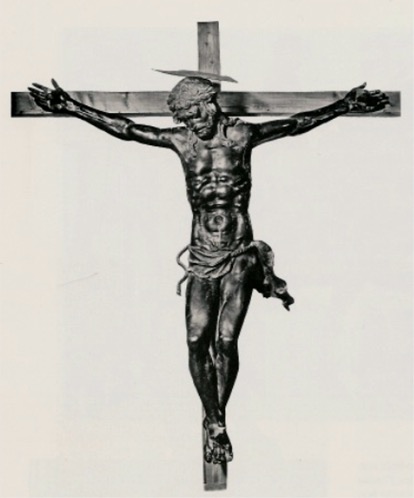
Crucifixion, Donatello 1447. Catholic depiction of a Christian symbol.

Migrant Workers, Dorothea Lang, 1936. Documentation and commentary on the life of the poor migrants during the Oklahoma Dust Bowl. Commissioned by the government.
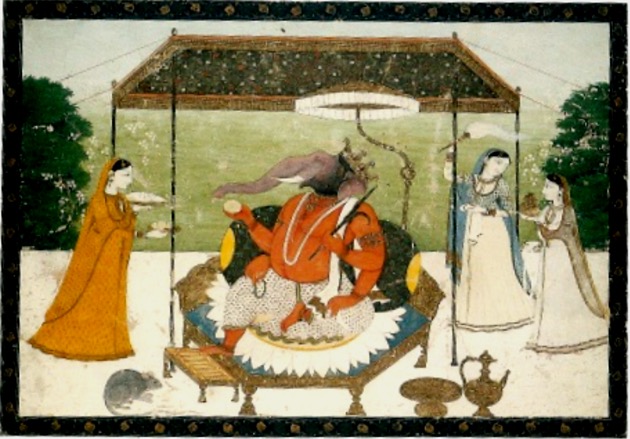
Ganesha with Women Kangra (Indian), 1800. Hindu religious text illustrated.

Gilgamesh, Sumerian, 705BC. Ancient Religious figure.
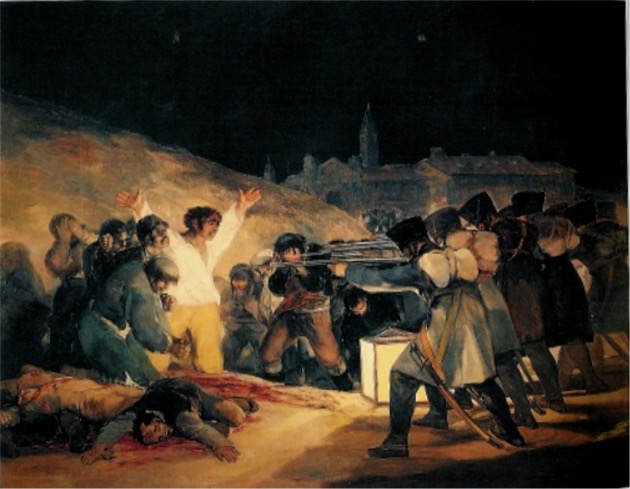
The Third of May, Goya, 1808. Commentary on Spanish war. What is the artist’s feeling about the war? Why did he choose this instead of magnificently posed cavalry or something?
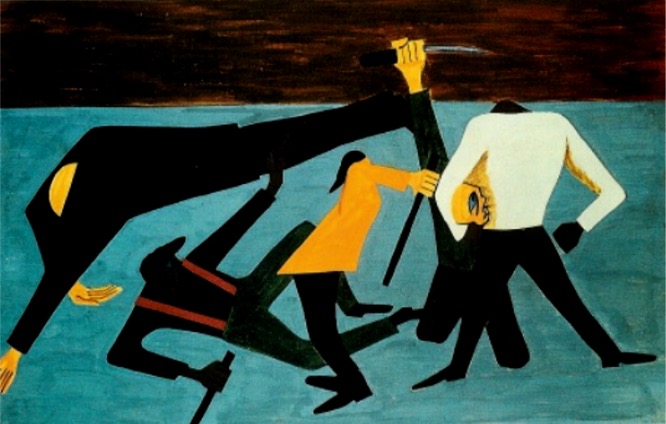
Race Riots in St. Louis, Jacob Lawrence, 1941. Commentary on the race riots. Why did he paint this?
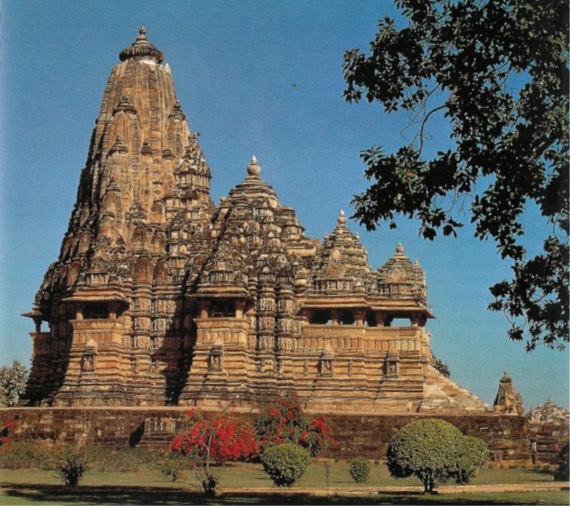
Kandarya Mahadeneva, Temple Khajuraho, 1000. Huge temples built for the purpose of worship.
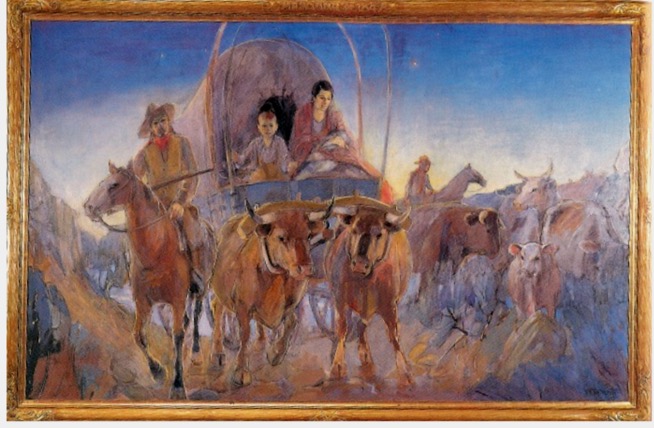
Madonna of 1847, Minerva Tychert (American), 1936. Depiction of the Mormon pioneers. Why such a religious title for a wagon train?
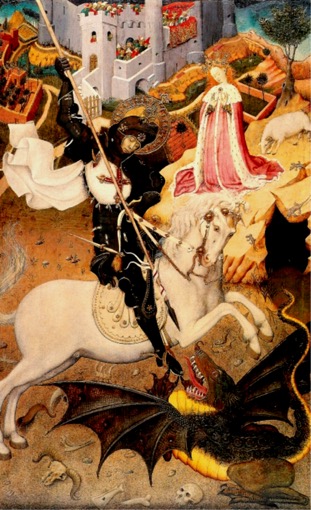
St. George and the Dragonm Martorell (Spain), 1430. Medieval religious story depicted.

Paankhenamun Mummy (Egypt), 715bc. Funerary art – preserves and honors the dead.

Pieta, Michelangelo, 1499. Christian religious symbolism. Shows the beliefs of the commissioner, but also the artist
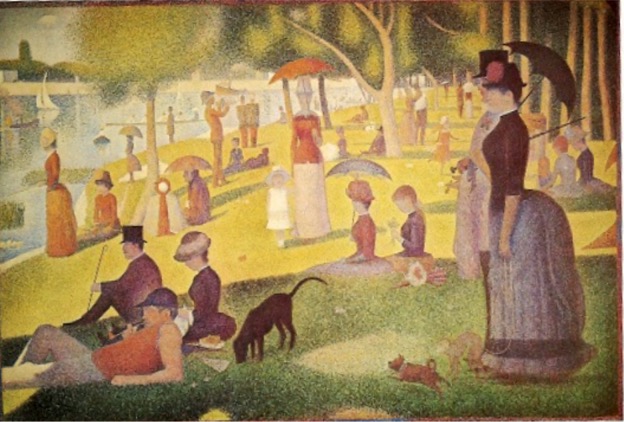
Sunday Afternoon on La Grand Jatte, Seurat, 1884. What kind of feeling does this give about the society it depicts?
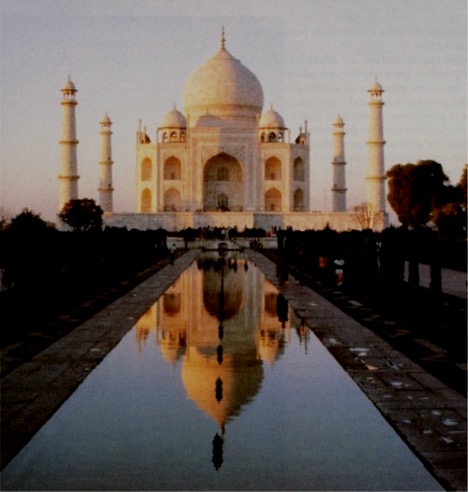
Taj Mahal, Agra (Indian), 1624. Funerary monument – what does the size and expense say about how the deceased person was valued?

At the Moulin Rouge, Toulouse-Lautrec, 1892. What is happening here? The malaise of the fin-de-siecle Europe. What does that mean? (General depression at the turn of the century in Europe) notice the green faces.
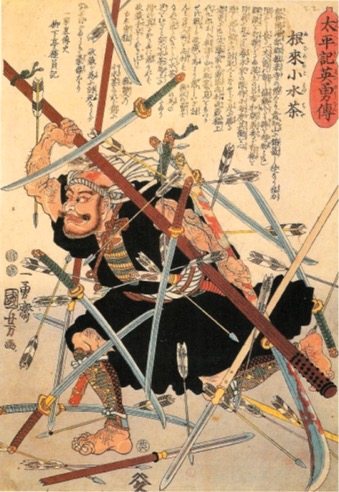
Negorono Komizucha, Utagawa Kuniyoshi, 19thc. Great Japanese warrior. How do we know that? Who do you think commissioned this?

Vietnam Memorial, 1982. Why is this built this way? Why is it so simple? Why not a triumphal arch or huge pillar?
Fueling Success for Every Student, Every School